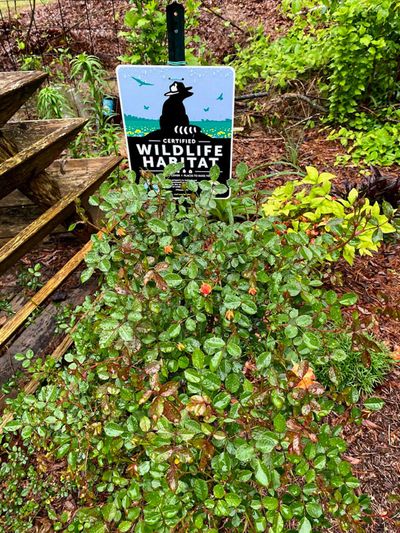Supporting Wildlife in Gardens
A wildlife friendly garden is a great way to start supporting wildlife and helping to protect local species, both endangered and healthy populations. Here are some things you can do:
Include plants that attract your local pollinators including birds, butterflies, bees, and bats.Pull out invasive plants on your property. Your local extension office can tell you what to look for and remove.Keep a brush pile in one corner of the yard. This will provide habitat and shelter for countless species.Provide more structured shelter, like bat, bee, and bird houses or bug hotels.Avoid pesticides and use natural strategies instead. Replace turf grass with a native lawn.Keep fertilizer to a minimum. Excess fertilizer washes into drains and harms river and lake animals.Keep a source of water, like a bird bath, accessible to animals.Check with the National Wildlife Federation’s Backyard Wildlife Habitat program to find out all the elements you need to get your yard certified as a wildlife habitat.
Supporting Threatened Species of Plants and Animals
Any positive change that helps local species is great, but one of the most important things you can do to support your local wildlife and plants is to go native. Turn your garden into a native ecosystem, what the land would be like without human intervention. Depending on where you live this may mean embracing a woodland garden, a marsh, or a drought-tolerant desert garden. By creating a native space, you not only include plants that are threatened, but you also make room for endangered animals in the garden. Any threatened or endangered species, from a small insect to a larger mammal, will benefit from having this space that meets their natural needs. Check with your local extension office to find out what kind of plants are native to your area and with help planning. State and federal organizations, like the U.S. Fish and Wildlife Service can help too. There are programs, for instance, that help residents restore areas of their property to native wetlands and other ecosystems. It’s all too easy to feel overwhelmed by environmental problems and to assume one person can’t make a difference. It is, however, possible to adapt your garden to support species. When more people take these steps, together it adds up to a big change.
